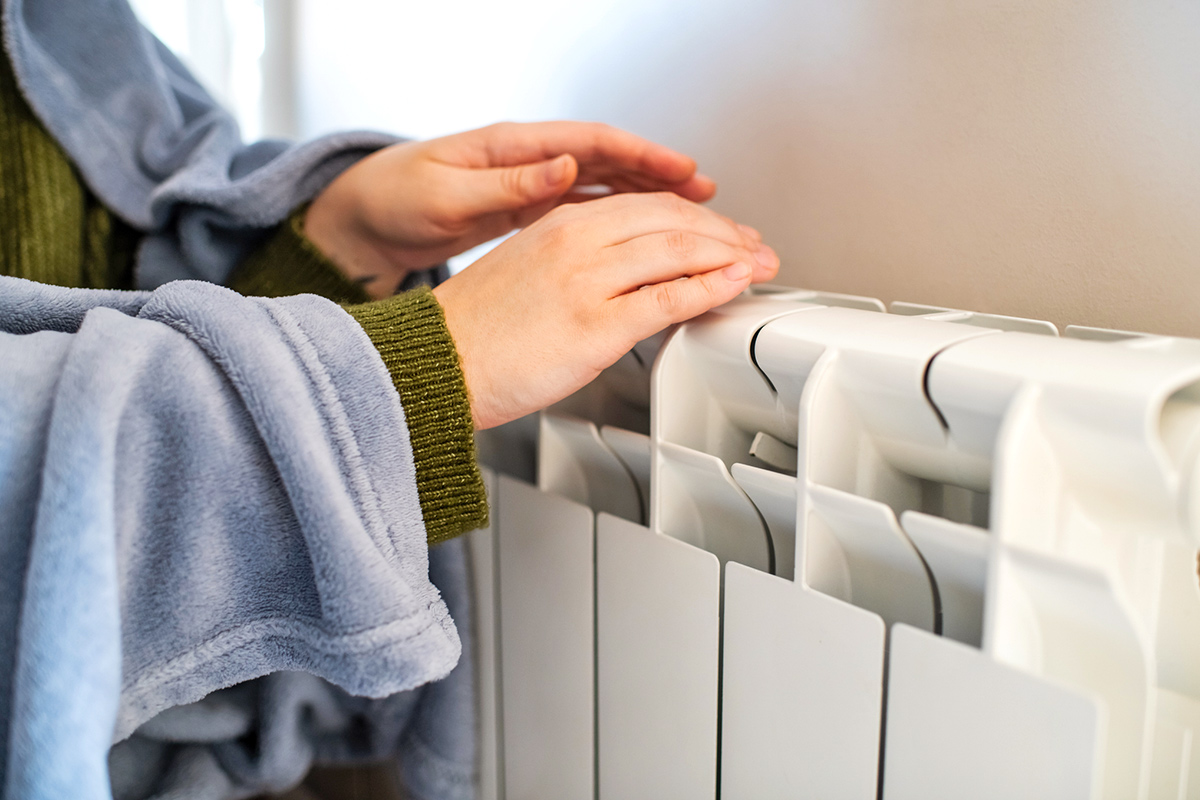It’s no secret that houseplants can be challenging to keep alive, especially if your space lacks natural light or you don’t rotate the pot to ensure even growth. Without adequate sunlight, plants may become leggy, lean to the side, or experience stunted growth, which may leave you tempted to replace them with faux greenery.
Thankfully, there’s a simple trick to help plants thrive in low-light conditions, and it utilizes a common household item.
The Hack
Increase the amount of natural light your indoor plants receive by using aluminum foil to reflect the sun’s rays. Yep, that’s right — everyday foil that you probably have in a drawer right now.
To do this, create a sun box.
More from our network
House Outlook is part of Inbox Studio, which publishes content that uplifts, informs, and inspires.
How To Make a Sun Box
You’ll need a plant, a cardboard box that’s at least 2 inches taller than the plant’s top leaves, aluminum foil (the shinier, the better), and clear heavy-duty tape.
Steps:
1. Cut away the top and one side of the cardboard box. (Think of the dioramas you made in elementary school but with an open-top structure.)
2. Line the entire inside of the box with aluminum foil, taking care not to crumple it. Be sure to leave the shiny side of the foil facing out for maximum reflectiveness. (Tip: Aluminum foil tape also works well.)
3. Tape the foil to the box so it stays put.
4. Place the plant inside the box, positioning it near a window to sunbathe.


How It Works
By strategically placing tin foil near plants, you can increase the amount of light they receive. The foil acts as a mirror and reflects light streaming through the window to every part of a plant.
What Not To Do
Don’t leave your plant inside the box if it doesn’t appear healthy. Plants can be stressed by sudden changes in light conditions, so monitor the leaves for yellowing or bleaching. If you’re concerned about hot spots, consider painting the sun box with white high-gloss paint instead.

















